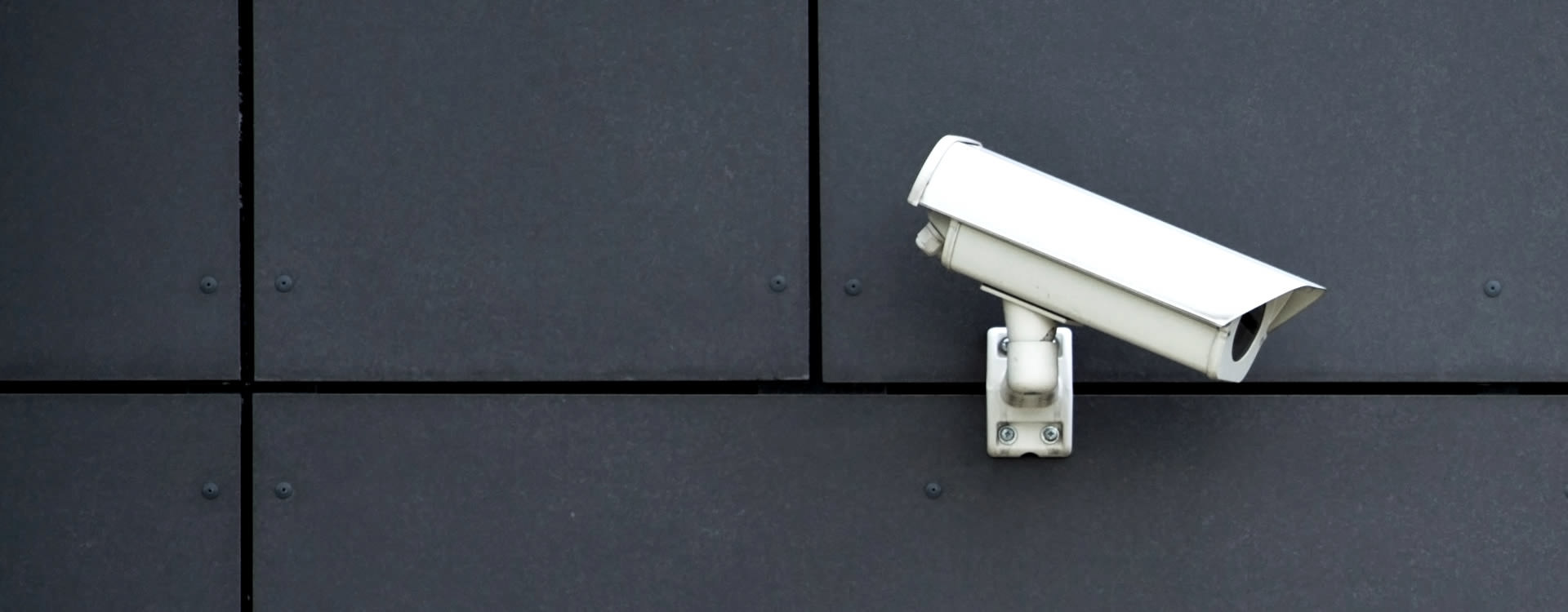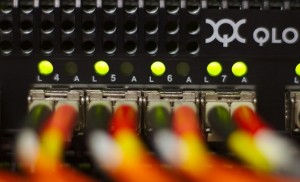Video surveillance systems can be beneficial for a number of reasons. They are often installed to prevent burglaries and vandalism, but can also be used to promote neighborhood or office safety, in addition to increasing peace of mind if used in a home environment. When installing a video surveillance system, whether it is for your home, your office, or for any other setting, there are a number of things to consider. First, you need to think about the area that you want to keep any eye on, as well as the type of surveillance system and cameras you want. All of these factors will help you to decide what kind of system is best for your situation.
The first question you want to consider is how many cameras do you think that you will need? Think about the size of the property you are looking to protect, and the perspective that a camera will you give you in various locations. Additionally, you need to consider what the areas are that you want to cover. If there are outdoor areas, you need cameras that can stand up to weather, whereas for an indoor setting you would not need to look for weatherproof options, which can often be more expensive. You also need to consider the time of day that you will be using your system: daytime, nighttime, or both. All of these factors play will play into your decision about what kind of camera you will need.

After deciding what types of cameras you need for your space, you will want to think about the specific places that you want to have your cameras to be that will give you the best and widest ranges of visibility. These places will likely be at entrances and exits to the building, near garage doors, and by exterior or unattached buildings. If the video surveillance system is for a place of business, you will likely want to consider what areas typically have high traffic, and target these areas for camera installation.
Something else to consider when thinking about a video surveillance system is how you want to set up your data storage system. There are many options where you can save video footage onto a hard drive, and other options that save to this data into a cloud for storage. Along with this you will want to consider how much storage you think you will need. This will depend on two factors that affect the amount of data your system will use: both the quality of videos, and how long you plan to save video footage for. One final thing to consider is whether you will want to have access to a camera’s live feed, or if you will only want to be able to go back and look at footage when necessary. This will also contribute to the amount of storage space you’ll need, as well as help you to determine if your system will need the capability to connect to the Internet. This will also help you to determine if you want to have an analog camera, or an IP camera.
Once you have thought through this criteria and made decisions about what you think will work best for you and your space, you will be ready to look for a video surveillance system!
If you live or run a business in Central or Northern New Jersey and would like information on any of the topics discussed above, please call 800-369-3962 or simply CLICK HERE.
Image credit: Ricco Security
 s a vital role in any comprehensive security system. It helps authorities catch criminals and provides helpful insight into your business operations by collecting and analyzing data on a daily basis. Where and how is all of this visual and analytical data being “collected?” That is the ever pressing question for system integrators and end-users alike. Storing surveillance data can be as important to the efficiency of your security system as having the surveillance equipment itself. We are catapulting ourselves into the future with the constant evolution of technology in all aspects of life including security system components, and surveillance storage solutions are no exception, but not all are created equal.
s a vital role in any comprehensive security system. It helps authorities catch criminals and provides helpful insight into your business operations by collecting and analyzing data on a daily basis. Where and how is all of this visual and analytical data being “collected?” That is the ever pressing question for system integrators and end-users alike. Storing surveillance data can be as important to the efficiency of your security system as having the surveillance equipment itself. We are catapulting ourselves into the future with the constant evolution of technology in all aspects of life including security system components, and surveillance storage solutions are no exception, but not all are created equal. We live in an exciting time where it seems every day a new technology is being born. Everything from our computers to our phones to our everyday accessories are advancing at a rapid pace. The implications of a technology may not be fully realized until after the fact, and it may not always be an issue with the technology itself, but how it interacts with existing components of our already complex systems. This is especially true of security system components.
We live in an exciting time where it seems every day a new technology is being born. Everything from our computers to our phones to our everyday accessories are advancing at a rapid pace. The implications of a technology may not be fully realized until after the fact, and it may not always be an issue with the technology itself, but how it interacts with existing components of our already complex systems. This is especially true of security system components. As a business owner protecting your facility is always a top concern. Are you getting the coverage you need? If you have a comprehensive security system you’re already in a good position. However, a security system is only as good as the sum of its parts. One of the most crucial parts of a security system is the surveillance aspect. Surveillance systems are the eyes that keep watch over your business even when you can’t.
As a business owner protecting your facility is always a top concern. Are you getting the coverage you need? If you have a comprehensive security system you’re already in a good position. However, a security system is only as good as the sum of its parts. One of the most crucial parts of a security system is the surveillance aspect. Surveillance systems are the eyes that keep watch over your business even when you can’t. Does your security system, or part of it, rely on your company’s internet network? Or are you considering a system that is at least partially dependent on network connectivity? If so, what happens if that network fails or is compromised? Fortunately nowadays the chances of your network dropping or losing connection is pretty slim, in fact the probability of most Internet Service Providers (ISPs) experiencing an outage is about
Does your security system, or part of it, rely on your company’s internet network? Or are you considering a system that is at least partially dependent on network connectivity? If so, what happens if that network fails or is compromised? Fortunately nowadays the chances of your network dropping or losing connection is pretty slim, in fact the probability of most Internet Service Providers (ISPs) experiencing an outage is about  In an unpredictable world, one thing is certain, we all want to protect what’s ours. Whether you’re a business owner or a homeowner, you want to keep safe that which you’ve worked so hard for. One of the most effective ways to do that is to install a security system. Well, what exactly is a security system and what makes it a system?
In an unpredictable world, one thing is certain, we all want to protect what’s ours. Whether you’re a business owner or a homeowner, you want to keep safe that which you’ve worked so hard for. One of the most effective ways to do that is to install a security system. Well, what exactly is a security system and what makes it a system?  The technological climate is swiftly changing the way we connect and interact with the physical world. Endless runs of cable and spaghetti wiring is becoming an antiquated notion with the development of wireless internet based equipment. This is evident in the way some security system integrators are approaching system design and installation. As industry professionals, our team at
The technological climate is swiftly changing the way we connect and interact with the physical world. Endless runs of cable and spaghetti wiring is becoming an antiquated notion with the development of wireless internet based equipment. This is evident in the way some security system integrators are approaching system design and installation. As industry professionals, our team at  Whether you are installing a new surveillance system or changing an existing one you need to consider the type of system and the operating implications associated with it. The desire for advanced image quality, video analytics, ease of integration, and remote access has ushered in the era of IP (Internet Protocol) surveillance systems. IP surveillance systems have opened the door to a more integrated security system and they provide increased scalability which is important to company growth and future adaptation. This type of surveillance system typically relies on an internet network, and as they say “therein lies the rub.”
Whether you are installing a new surveillance system or changing an existing one you need to consider the type of system and the operating implications associated with it. The desire for advanced image quality, video analytics, ease of integration, and remote access has ushered in the era of IP (Internet Protocol) surveillance systems. IP surveillance systems have opened the door to a more integrated security system and they provide increased scalability which is important to company growth and future adaptation. This type of surveillance system typically relies on an internet network, and as they say “therein lies the rub.” When you picture a surveillance monitoring station what do you see? Is it a half awake guard staring blankly at multiple monitors? If that’s the case you can scratch that image from your mind. The future of monitoring services is quickly shifting and adapting to our society’s need for streamlined and efficient processes. As surveillance systems migrate from analog to IP with megapixel network cameras, and our world becomes more and more connected through the IoT (Internet of Things), the desire to access and monitor footage from anywhere increases. This is where the idea of remote monitoring comes into play.
When you picture a surveillance monitoring station what do you see? Is it a half awake guard staring blankly at multiple monitors? If that’s the case you can scratch that image from your mind. The future of monitoring services is quickly shifting and adapting to our society’s need for streamlined and efficient processes. As surveillance systems migrate from analog to IP with megapixel network cameras, and our world becomes more and more connected through the IoT (Internet of Things), the desire to access and monitor footage from anywhere increases. This is where the idea of remote monitoring comes into play. We’ve all seen those puffy white, wondrous, water vapor creations up in the sky, commonly known as clouds. These natural wonders are not the clouds we’ll be investigating here. Instead we’ll be taking a look at what the “cloud” is in relation to business networks and their security infrastructure.
We’ve all seen those puffy white, wondrous, water vapor creations up in the sky, commonly known as clouds. These natural wonders are not the clouds we’ll be investigating here. Instead we’ll be taking a look at what the “cloud” is in relation to business networks and their security infrastructure.